The Service Design Award is currently open for submission again. Submit your project for a chance to win and present at the Service Design Global Conference in Toronto this year.
FromHereOn + BT: Da Vinci - Service Portfolio Design at Enterprise Scale
Introduction
This project submission is likely to be unique because it doesn't focus on a single service. This project involves the establishment of an internal Service Design agency inside BT's Technology Services and Operations (TSO) department where there was no service design experience and no service designers. In 12 months we have achieved the following outcomes:
- established a Service Design Centre of Excellence (CoE) governing a service design process
- trained eight client staff on how to facilitate Service Design training as well as trained 100+ staff
- coached 14 Design Squads to re-design their Services, two of which are now live.
In June 2017, BT was experiencing some real commercial and cultural turbulence due to a combination of: their merger with another power-house brand with entirely different ways of working; an accounting scandal which sent the share price plummeting; and subsequent internal cost transformation initiatives, which fuelled an atmosphere of job uncertainty and a culture of protectionism.
Our project takes place inside BT's IT Organisation which had just undergone significant estructuring to reduce siloed working practices, promoting more re-use and simplification The IT department was historically organised in 6 vertically integrated technology functions aligned to Customer Facing Units (CFUs) who manage product, marketing, sales and customer support. The CFUs felt the IT organisation was complex to deal with, unresponsive to change, expensive and slow to deliver. The new Managing Director of IT wanted to address these issues holistically. The first step was to engage consumers to co-create a unifying IT vision that united a newly elected leadership team and inspire the rest of the IT organisation. She wanted to get clear on the services her team offered, review customer engagement models and, streamline back-stage operations to reduce inconsistent working practices and remove waste.
We crafted this project with four key workstreams in response to BT's brief as well as the size of the organisation, its distributed nature and, low service design maturity:
1. Centre of Excellence (internal service design agency)
- Establish a Service Design and Transition Centre of Excellence (CoE)
- Design a service development process that integrates with existing systems and governance processes
- Prioritise a backlog of IT Services that will deliver £7 million in-year OpEx savings
2. Design Squad Support
- Work alongside the BT to train, coach & guide the design, build & transition of two services by May 2018
- Launch a digital channel for consumers to discover and procure IT services
3. Training and facilitation
- Develop a five-day Service Design applied training programme (called Bootcamp) with an assessment framework to measure mindset, knowledge-set, skill-set and tool-set against learning objectives
- Train up the client’s team to be able to deliver the training
- Deliver 6 Bootcamps over 12 months to give service design training to 100 employees
4. Communication and Change
- Research audience communication needs & develop transformation & service-launch communication strategies
- Cascade communications throughout the organisation focusing on outcomes from adopting a Service Design
- Build a community of change advocates to propagate key project information and start shifting mindset


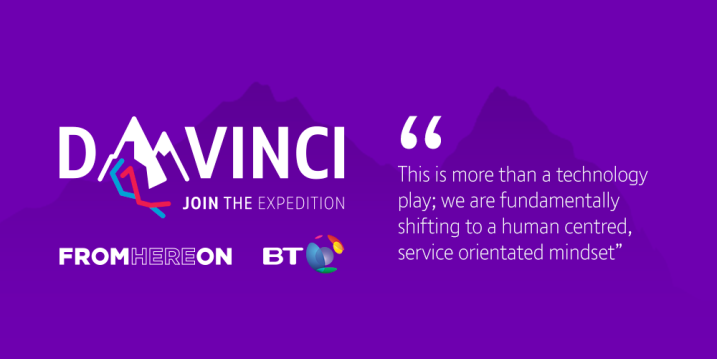
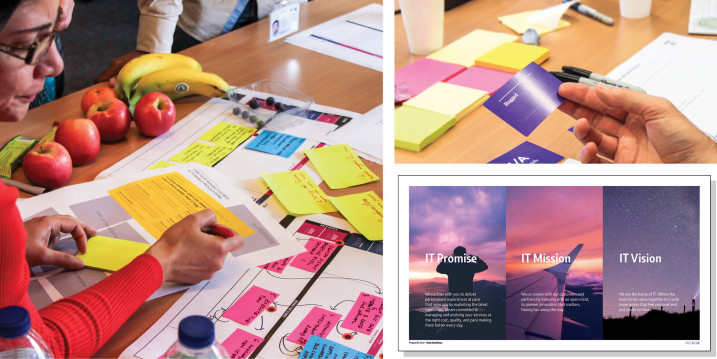
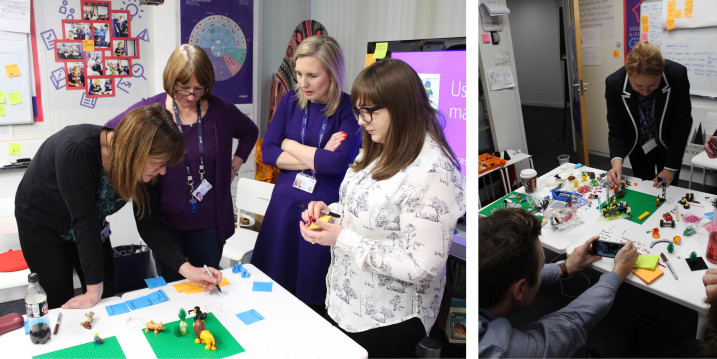
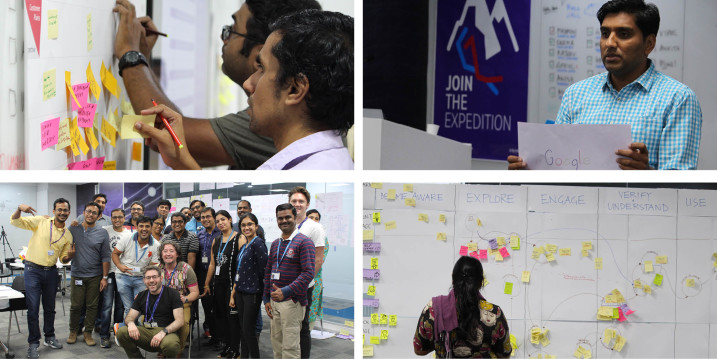
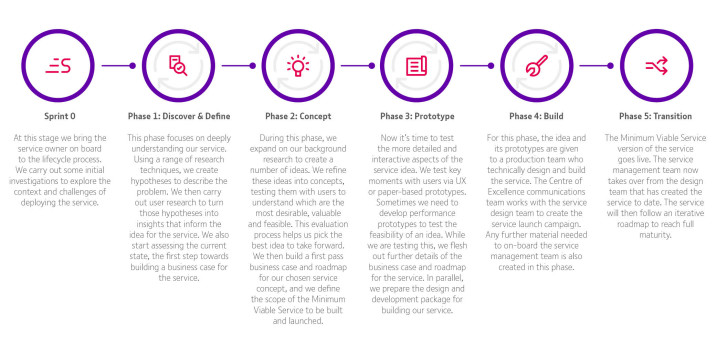
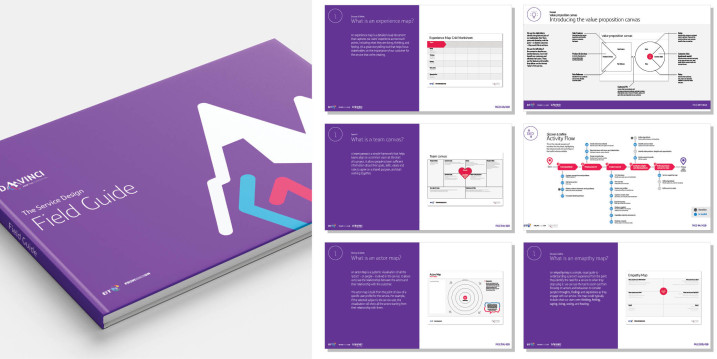
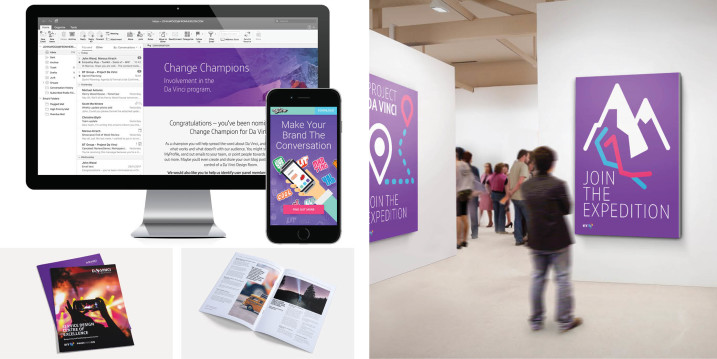
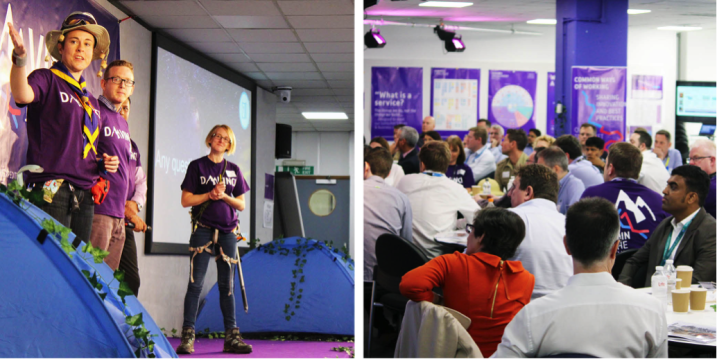
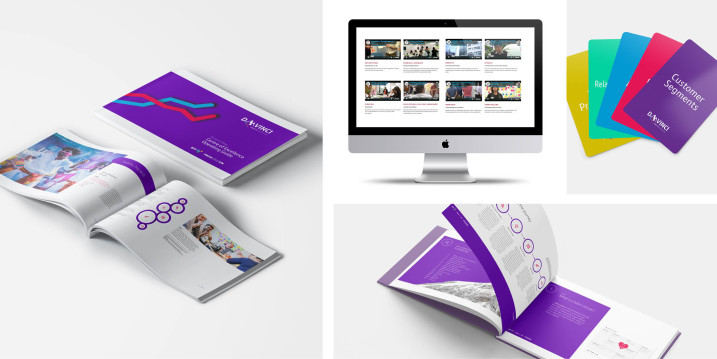
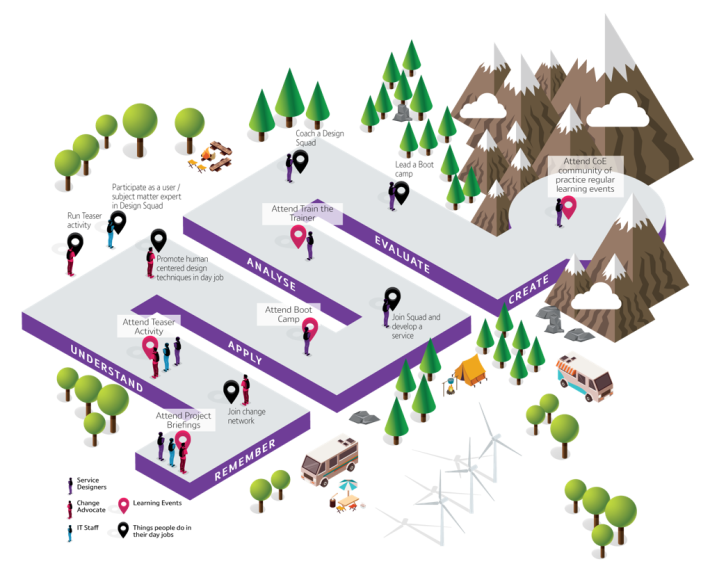

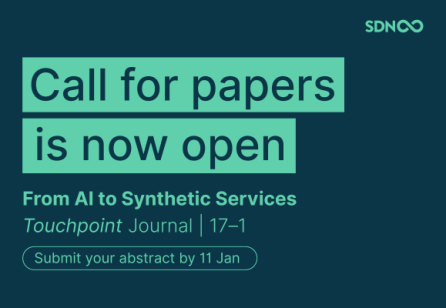



Share your thoughts
0 RepliesPlease login to comment